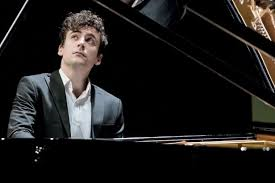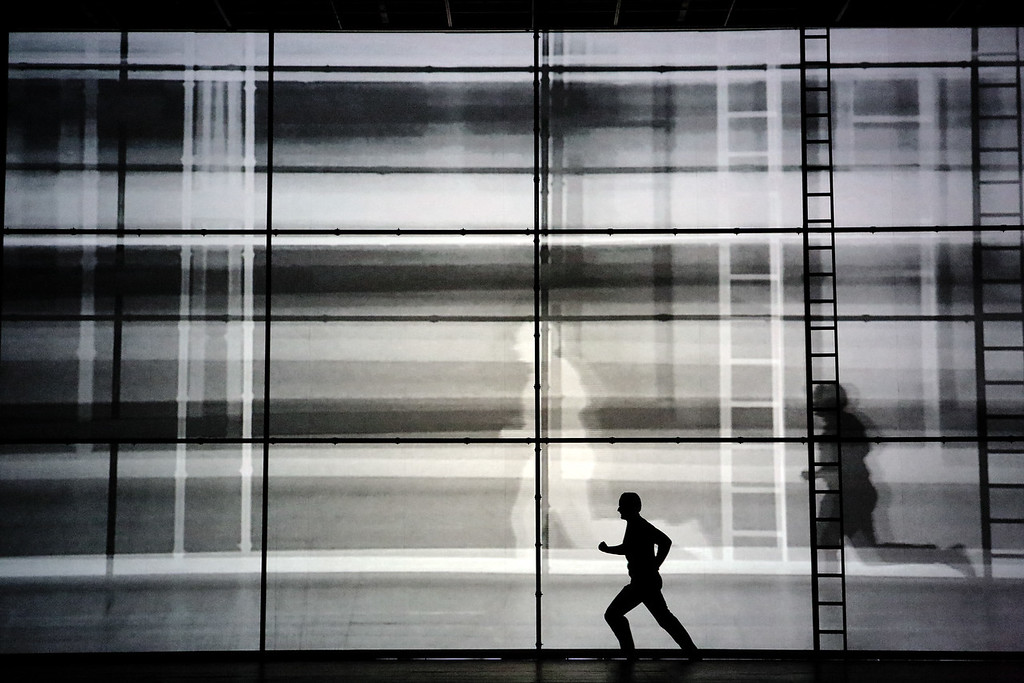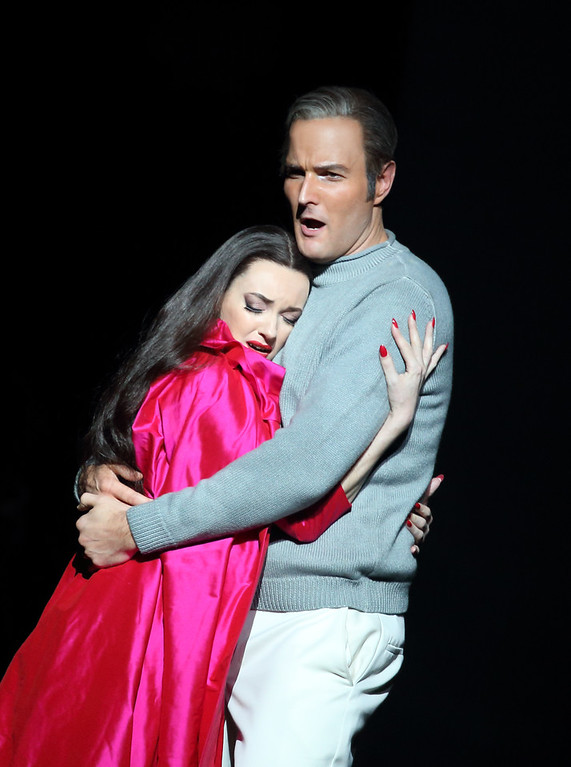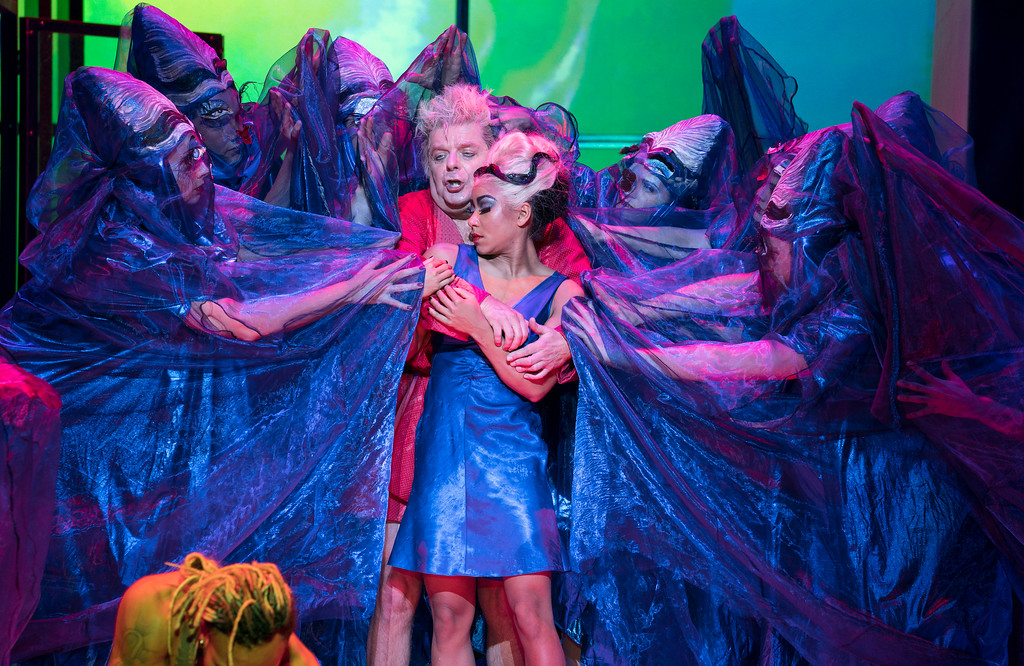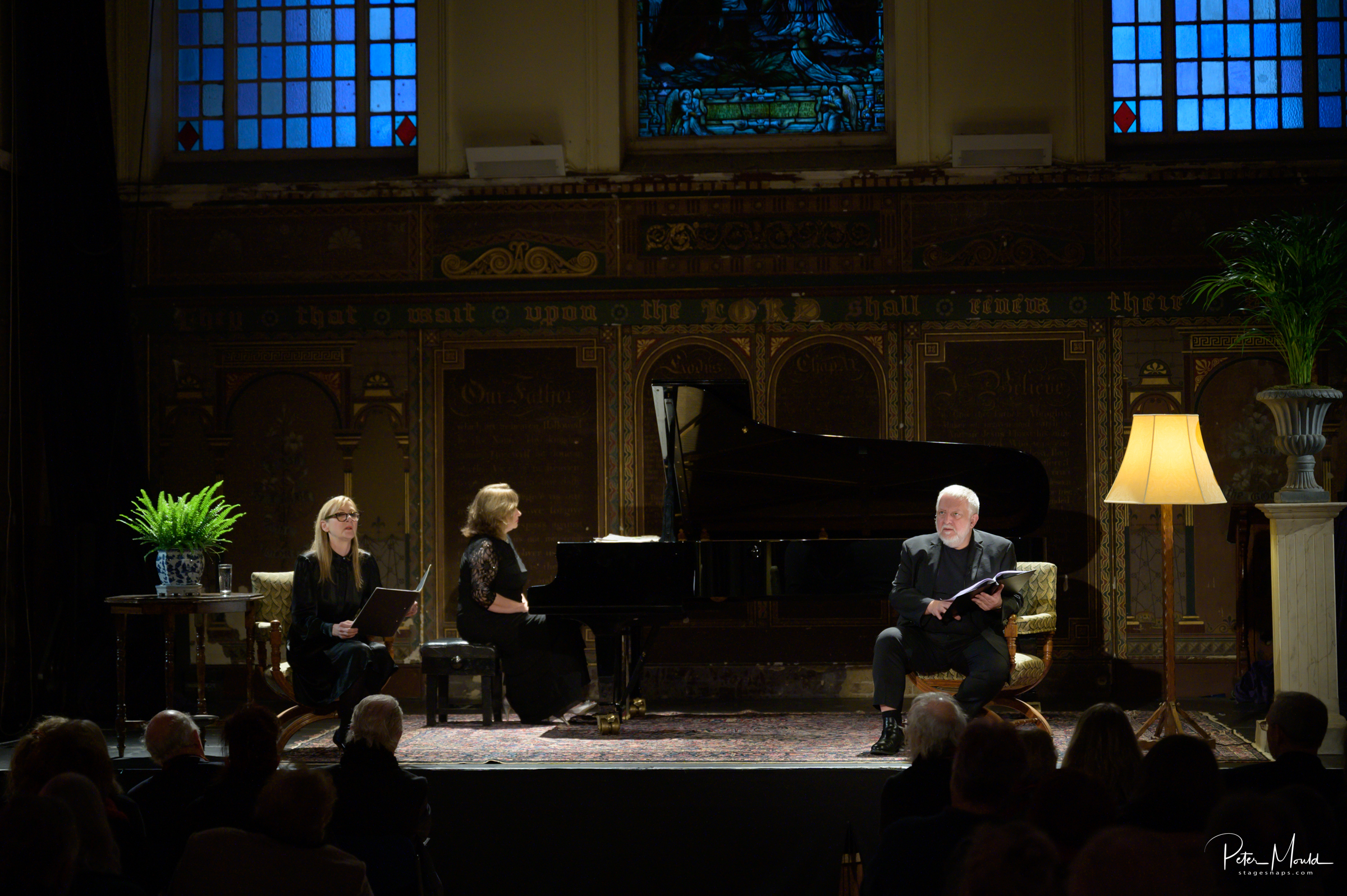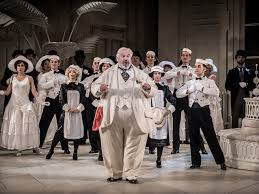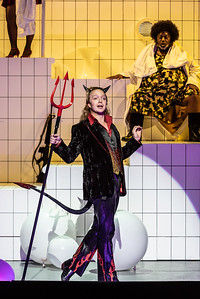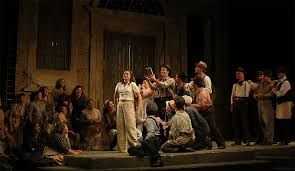The Dome, Brighton, 1 December 2019
Interesting programming for this concert brought us five shortish works instead of the standard overture/concerto/symphony. It also showcased (again) a select group of BPO string players with five wind players in a chamber-sized orchestra. This presumably helps to keep costs down for an orchestra which, sadly, seems to have problems although on this occasion nine hundred of the Dome’ 1700 seats were sold and there were a pleasing number of families with children in the audience.
Natalie Murray-Beale is an authoritative conductor whose incisive fluidity of movement is fetchingly charismatic to watch. She worked without baton for the three eighteenth century works but used one for both Vaughan Williams pieces.
We began with Hadyn’s Symphony No 49 which provided plenty of languorous F minor in the opening Adagio. Although I admired the lushness of the string playing I found the Allegro a bit heavy and there was little sense of dance in the rather turgid Minuet. It picked up, however, when we reached the lively Presto of the fourth movement.
Five Variants of “Dives and Lazarus” is one of Vaughan William’s loveliest short works and I’m always at a loss to understand why it isn’t performed more often. Does the Biblical title put people off? BPO’s wistful account of it, with beautiful harp work, was one of the high spots of this concert.
The harmonics are the great strength of Lark Ascending and violinist Thomas Gould made them sound effortlessly, mysteriously melodious. The orchestral accompaniment was sensitively managed and the performance felt like a real conversation between soloist and ensemble.
After the interval we had Eine Kline Nachtmusik which rarely fails and certainly didn’t on this occasion because Murray-Beale brought out all its joyful elegance. And although it was the best known work on the programme it seemed young and fresh.
Then it was back to more minor key Haydn – Symphony No 45 in F# Minor. I suspect it was slightly under rehearsed (The downside of doing five stylistically different works in a single concert?) because each of the four movements opened raggedly, settling only after a few bars. Nonetheless it was great fun to see the Farewell Symphony acting out the story of its first performance when each player left the stage after finishing his bit as a hint to Prince Esterhazy that they wanted some time off. BPO players solemnly gathered up glasses and instruments and walked off stage, one by one, the focus of the lights narrowing until it was eventually resting on the two remaining violinists.
A pleasant afternoon’s music on the whole with plenty to enjoy.
Susan Elkin


